There is no such thing as a short conversation with Tom Wylie. A ten-minute conversation with the yacht designer will last an hour and a half and will range from sail airflow to carbon-fiber mast construction. Along the way, the conversation will drift past the economics of small boats, touch upon the maximum curvature of the bilge that is consistent with laminated frames, and linger on his passion for ocean conservation.On this day in September 2010, Wylie is describing the design considerations behind the Spaulding 16, a boat originally sketched by Myron Spaulding in 1923 but reinterpreted by Wylie in collaboration with naval architect Doug Frolich. The new design is not only a tribute to Spaulding, one of the San Francisco Bay Area’s premier yachtsmen, boatbuilders, and sailors, but also the signature craft of the youth boatbuilding program at the Spaulding Wooden Boat Center in Sausalito, California.The design brief called for a boat that would be moderately challenging to build, fun to sail for both experienced and less-experienced sailors, and a good boat to introduce neophytes to the sport. It would introduce 10- to 18-year-olds to Spaulding’s boats and the history of wooden boat building in Sausalito.
Join The Conversation
We welcome your comments about this article. If you’d like to include a photo or a video with your comment, please email the file or link.
Comments (2)
Leave a Reply
Stay On Course

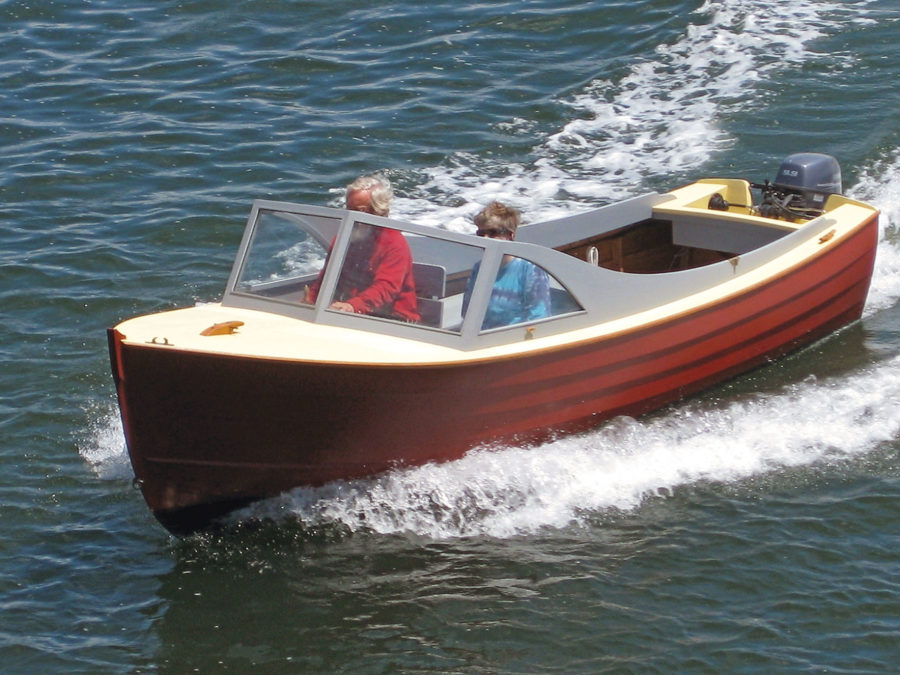
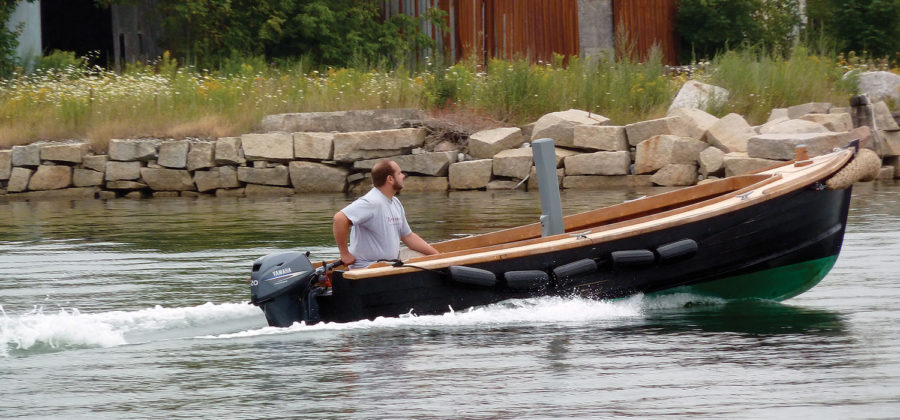

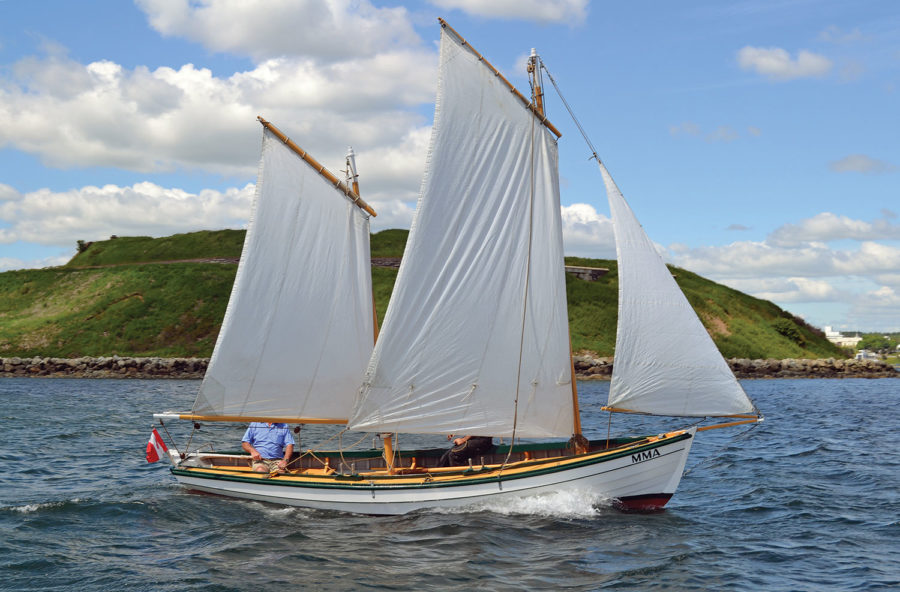
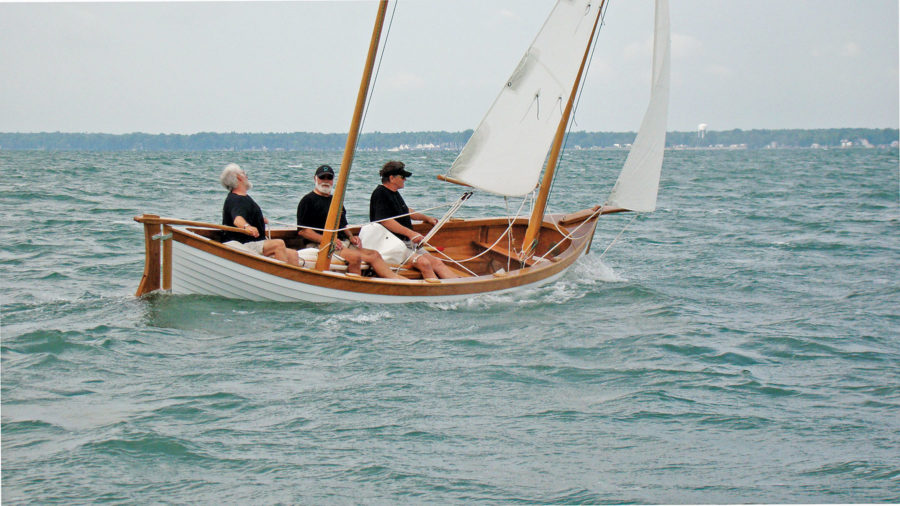
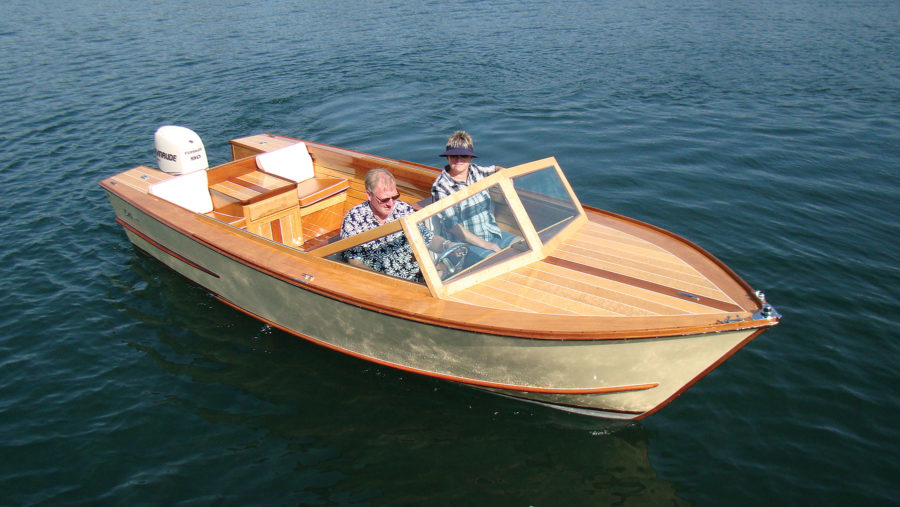
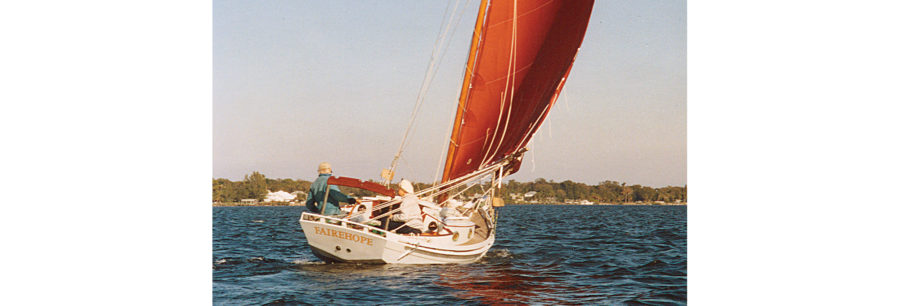
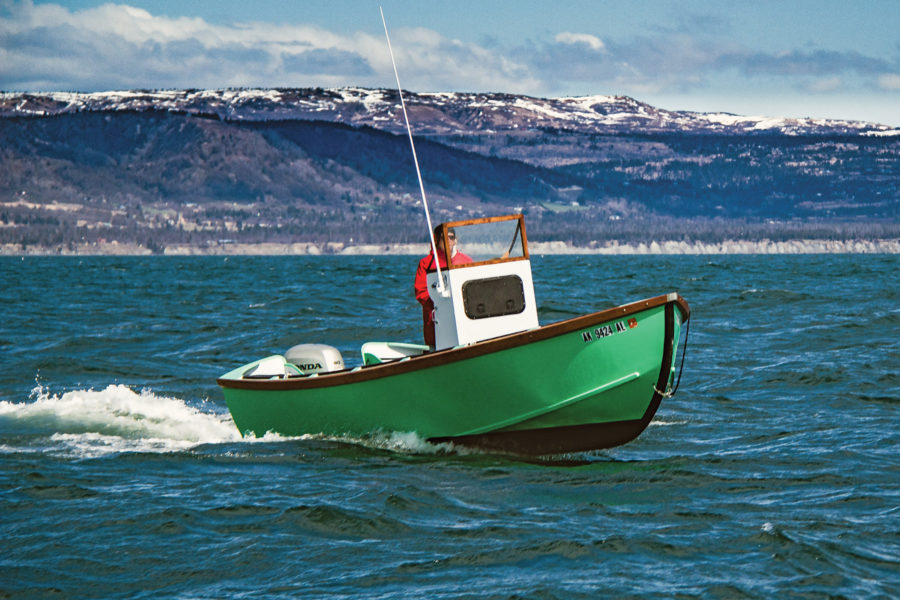
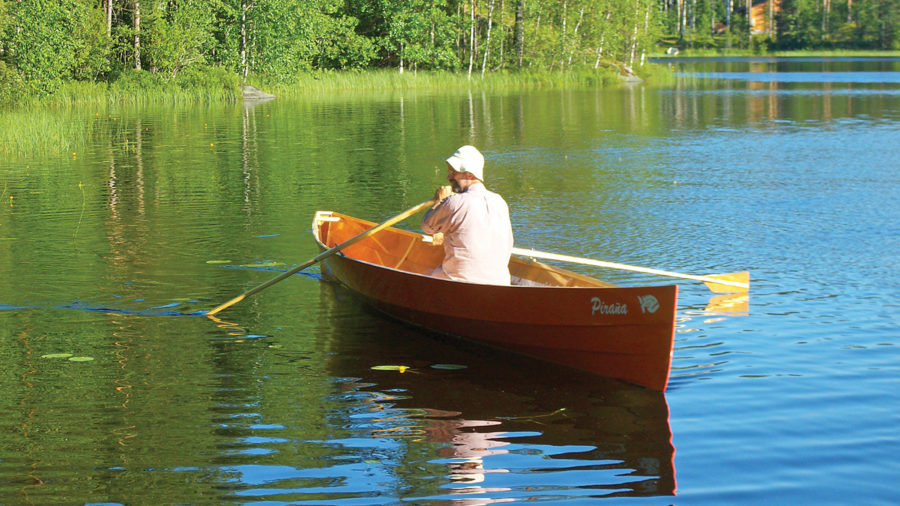
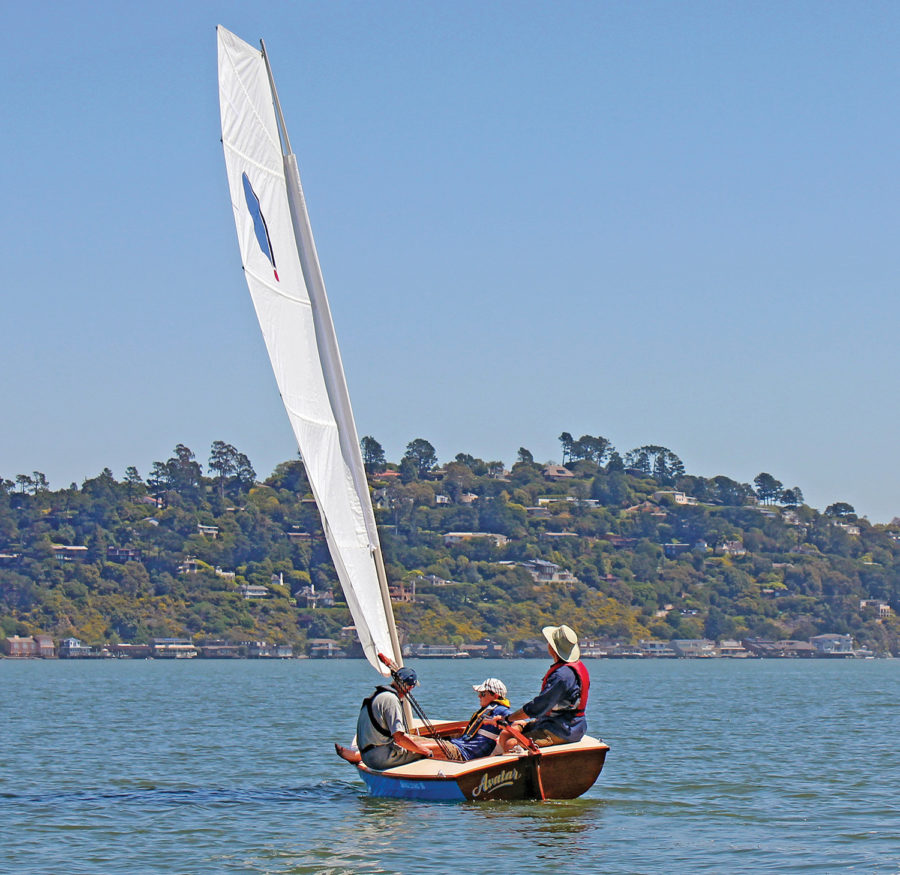
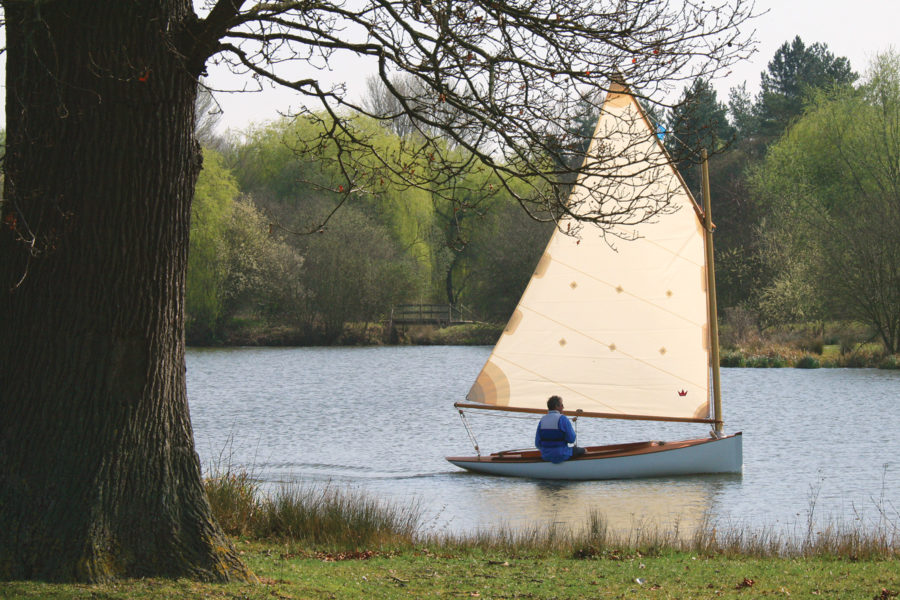
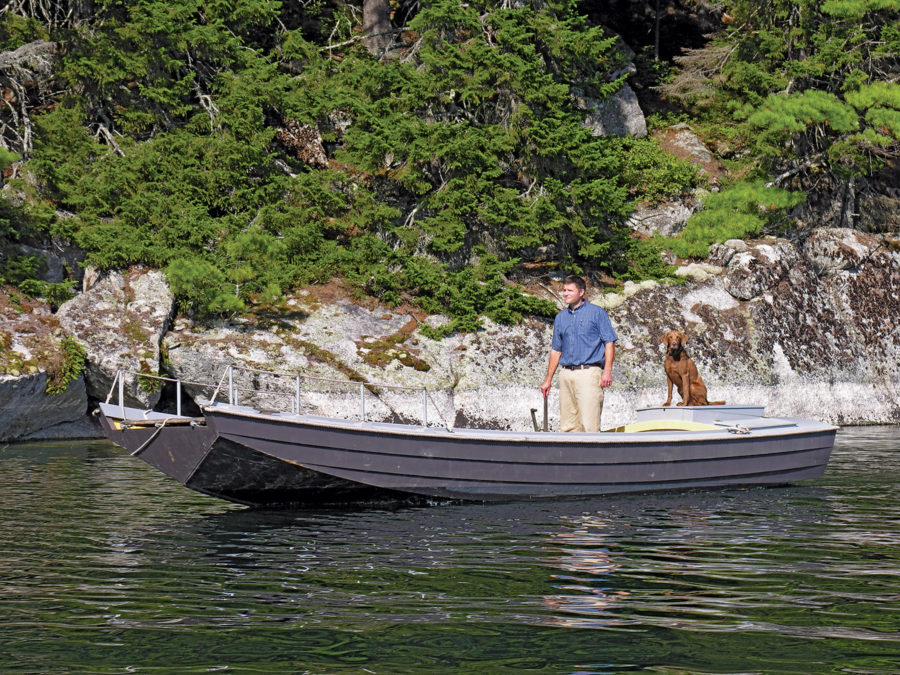
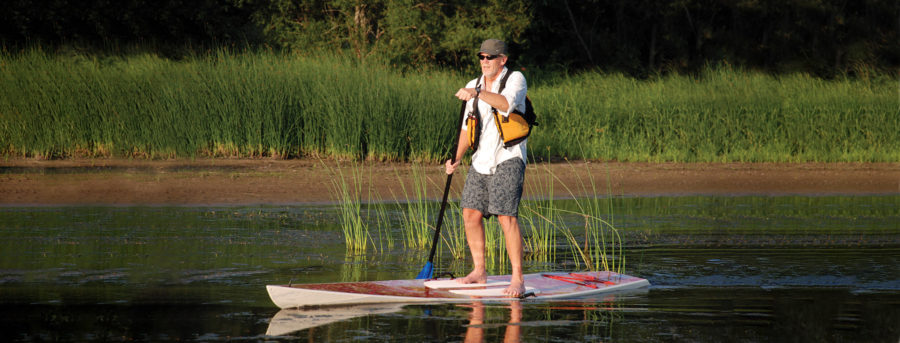
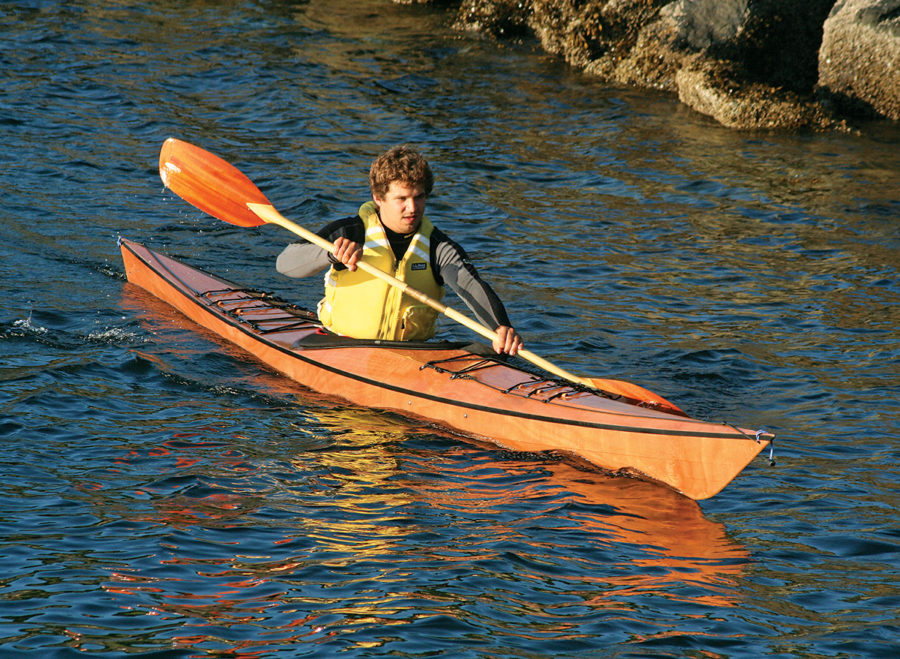
Are plans and offsets available? It’s a beautiful little boat.
The Spaulding Wooden Boat Center no longer offers plans or finished boats for the Spaulding 16. The review is presented here as archival material.
—Ed.